
Soil Health & Fertilization
We unite suppliers and green industry professionals worldwide
Xerophyllum is often known as bear grass. With grassy foliage and tall, candlelike plumes of creamy white flowers, it turns wild meadows into natural wonderlands. Xerophyllum is slow to establish and slower to bloom — but once it does, it gives the garden
By Mariam Scott
|Published on June 22, 2025
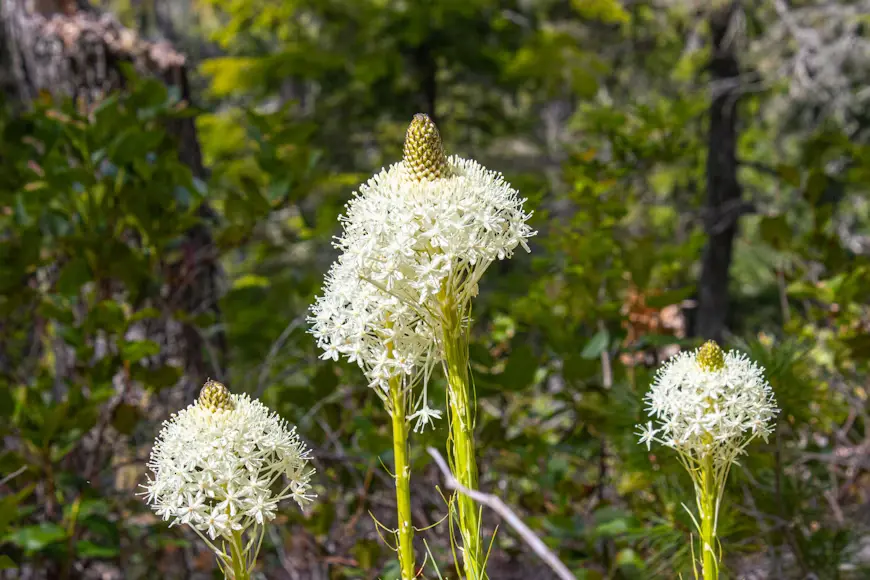

Have you ever come across a plant so otherworldly it looks as though it bloomed out of myth or fire?
Xerophyllum is that plant — specifically Xerophyllum tenax, often known as bear grass. With grassy foliage and tall, candlelike plumes of creamy white flowers, it turns wild meadows into natural wonderlands. Native to the mountainous areas of the western United States, Xerophyllum thrives on the edges of alpine forests and even survives wildfire by regrowing from its underground rhizomes. It’s tough and elegant.
This is not your average ornamental. Xerophyllum is a plant of legend and resilience, a revered plant of the Indigenous people for its uses and its beauty. It demands little but provides plenty — texture, height, seasonal drama, ecological value. Whether you’re looking to evoke the rugged beauty of a mountain trail or bring architectural interest to your xeriscape, Xerophyllum won’t let you down!
It won’t demand pampering, but it will require some patience. Xerophyllum is slow to establish and slower to bloom — but once it does, it gives the garden a quiet, steady show. This is a plant that belongs where the wild things are—and where low-maintenance beauty is prized.
| Common Names | Xerophyllum , Bear grass, Indian basket grass, fire lily |
| Botanical Name | Xerophyllum tenax |
| Type | Perennial herbaceous plant |
| Height | 2-5 feet high when in bloom |
| Sunlight Requirements | Full sun to partial shade |
| Soil Needs | Acidic, sandy and well-drained |
| Watering Needs | Low to medium; drought-resistant once established |
| Hardiness Zones | 3-8 (USDA equivalent) |
| Bloom Time | Late spring - mid summer (bloom cycle every few years) |

September 25, 2025
9 minute read
September 24, 2025
9 minute read
September 23, 2025
10 minute read
September 22, 2025
9 minute read


Join as a seller and connect with thousands of B2B buyers nationwide!
Sign Up
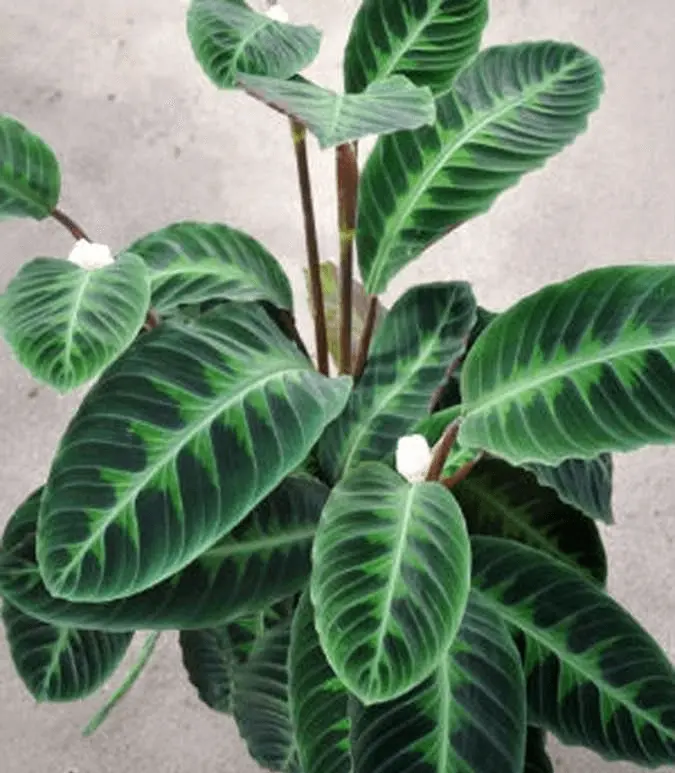
Jungle Velvet Calathea
Calathea warscewiczii, commonly referred to as the Jungle Velvet Calathea is famous for its lush, velvety leaves with a deep green feathered pattern and rich purply-green undersides that seem to glow in soft light.
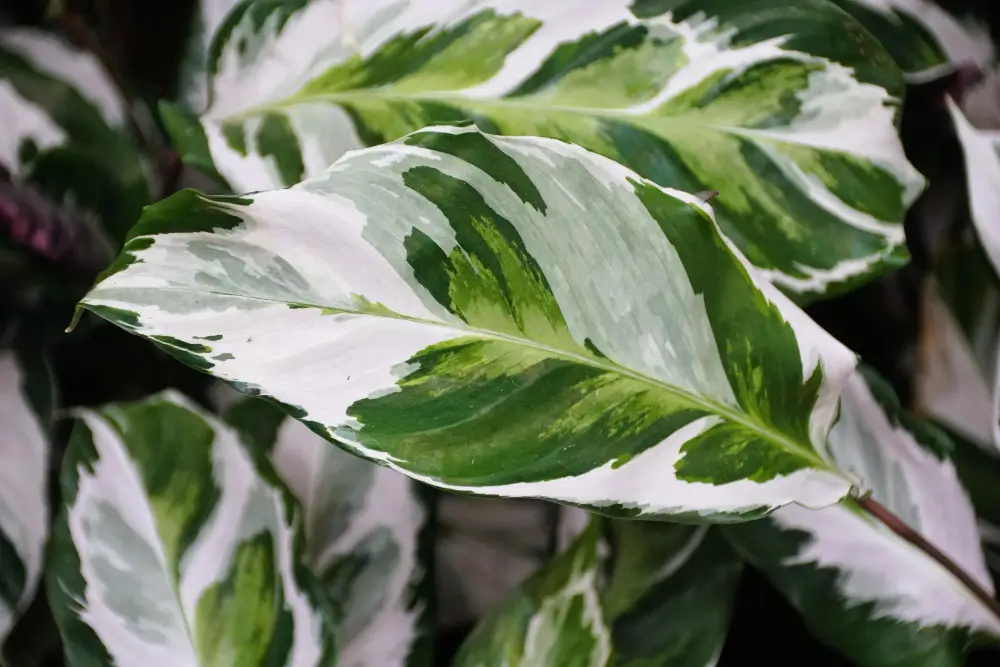
Calathea White Fusion
Calathea White Fusion is a show stopper with its dramatic foliage featuring creamy white and deep green marbled leaves that brighten up any space. A gorgeous tropical houseplant that originates in South America, this plant is prized for its bold patterns
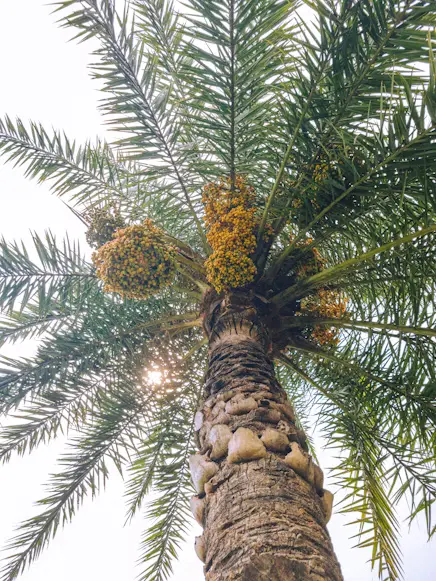
Date Palm
The Date Palm is a timeless architectural plant, which offers desert elegance in both an outdoor garden or indoors. With its arching, feather-like fronds and slender, rugged trunk, it is a bold statement whether potted or grown outdoors in the right setti
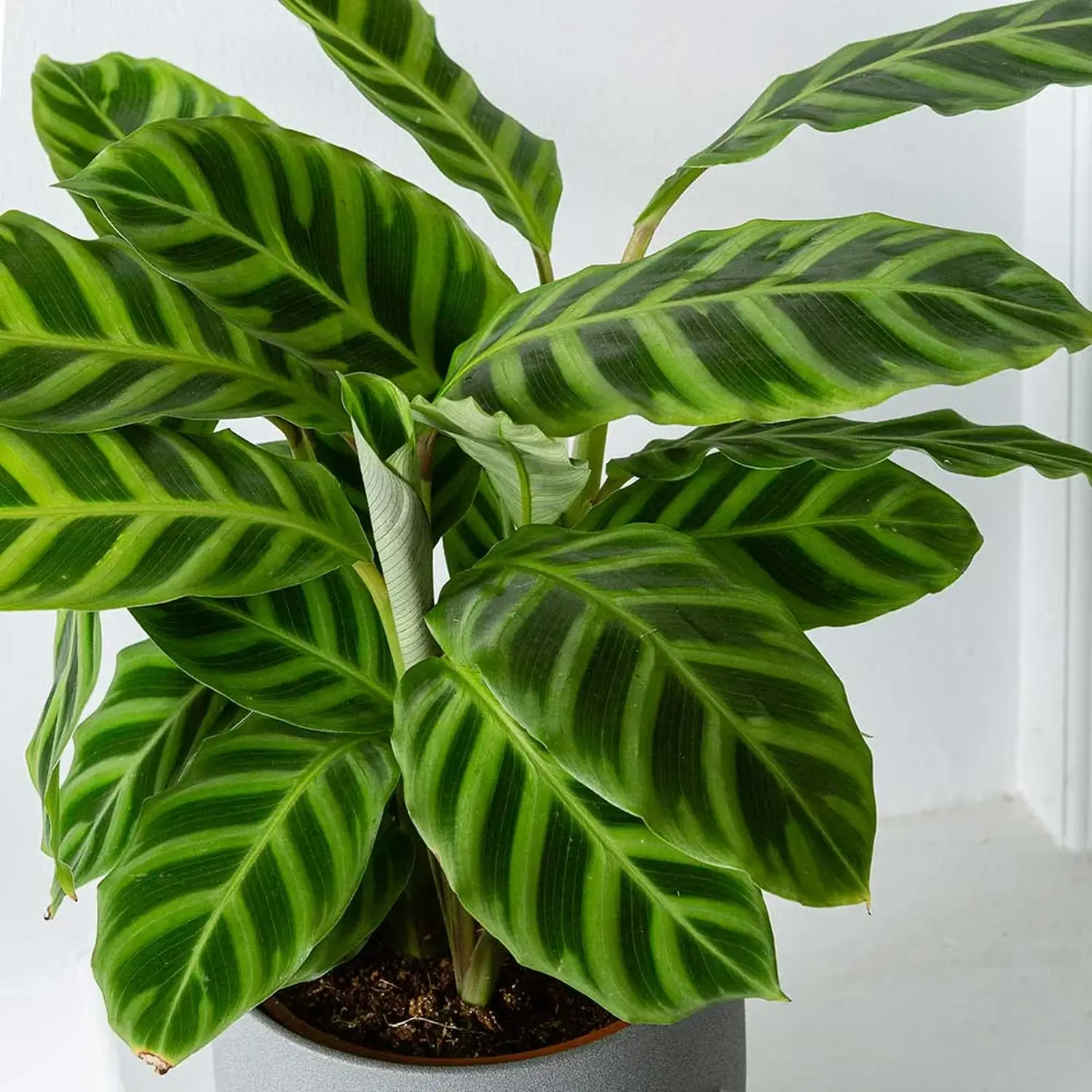
Calathea Zebra
Calathea Zebrina can be your new houseplant crush. This tropical beauty is called the Zebra Plant, and it boasts wide, velvety leaves with stripes of lime green and deep emerald, just like the pattern on a zebra, but with a lush, leafy twist.
Xerophyllum is tough, built to flourish in rugged places. It is low maintenance once established. The biggest trick is patience — it takes several years to flower, especially from seed. Plant it in a place that mimics its native habitat: lean soil, good drainage, and a bit of elevation if possible.
This is not a fast-paced or fussy addition to the garden. Think of it more as a living sculpture — quiet and slow-growing, but breathtaking when in full bloom.
Xerophyllum is full sun loving but also tolerates partial shade, particularly in hotter climates. In cooler areas, full sun will help ensure flowering and good plant development.
Tip: Pick a location where air movement and bright light are prevalent in order to avoid fungal problems.
Well-drained, sandy or rocky soil is essential. Xerophyllum is native to poor, acidic soils, and is intolerant of soils that are too rich or too wet.
Soil tips:
Water young plants often enough to ensure they get enough water to their roots until they are established (often the first season or two). After that, Xerophyllum is very drought-tolerant and needs only occasional watering during prolonged dry periods.
Key rule: Err on the dry side. These plants resent soggy conditions.
Minimal pruning is needed. Clip flower stalks after bloom for appearance. The grass-like leaves remain green throughout the season and provide added texture even when not in bloom.
When to prune:
Avoid cutting back aggressively — Xerophyllum grows slowly and likes to be left alone.
Propagation is possible but slow.. Xerophyllum is usually grown from seeds, but rhizome division can be done cautiously.
From seed:
From division:
Although it is not often cultivated in containers, Xerophyllum can be grown in a large, deep pot in well-draining acidic soil. Use only for young plants or in experimental settings—it performs best in the ground.
Pot tips:
Xerophyllum is also hardy, which is one of its biggest strengths. This is an extremely tough and forgiving plant, designed to withstand cold winters and even wildfires by dying back partially during the cold season and returning fresh each spring from its hardy, underground rhizomes.
During winter, it’s important to keep watering to a minimum, because in cold weather too much moisture can cause rot. Let the plant rest through the cold months, and it will reawaken naturally when the growing season returns.
Xerophyllum is renowned for its showy flowering stalks that shoot up like giant sparklers. The catch? Blooming is infrequent — usually every 3 to 7 years per plant — but unforgettable when it occurs.
Xerophyllum is generally free from pests and diseases. Its greatest enemy is overwatering or overly rich soil that will cause rot.
Watch for:
Tip: Accept the plant’s slow rhythm—Xerophyllum is about endurance, not speed.
Xerophyllum may not be a show-off, but it’s a plant of quiet grandeur and resilience. If you love the wild beauty of mountain meadows or crave a low-maintenance native that challenges both drought and fire, this plant’s a winner. It won’t bloom on demand, but when it does, it’s like a firework rising out of the forest floor—a botanical reward for those who wait.
Indefinitely, if left undisturbed. Plants can live decades, with clumps slowly expanding through rhizomes.
It takes time. Count on 5+ years from seed, and bloom cycles may occur only every few years (even on plants that are quite mature).
Not recommended. It needs full sun and outdoor temperatures and a natural growth cycle to thrive.
Yes! Bees and butterflies adore its flowers, and a few native animals use the leaves for shelter or nesting material.

Soil Health & Fertilization
Victor Miller

Pest Identification & Prevention
Victor Miller

Lawn Care Tips & Maintenance
Victor Miller

Soil Health & Fertilization
Victor Miller

Smart Irrigation Systems
Victor Miller

Patios, Walkways & Driveways
Victor Miller

Soil Health & Fertilization
Victor Miller

Pest Identification & Prevention
Victor Miller
My Account
Our team is always here to help.
We are open Monday - Friday, 9:00 AM to 4:30 PM PST.